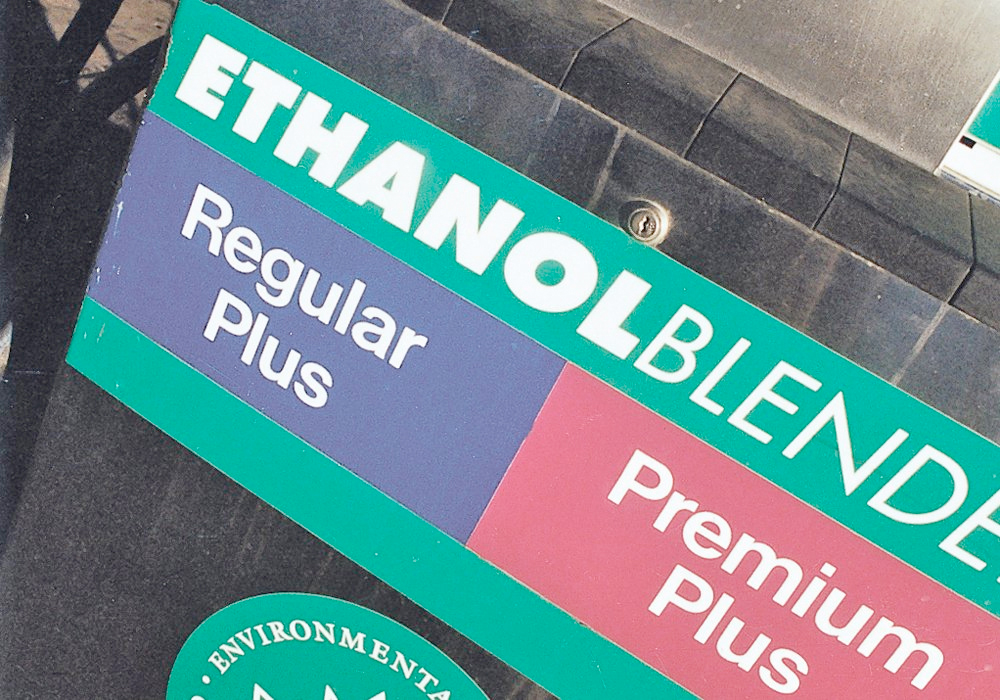Biofuel sector wanted E15 ethanol allowed year-round rather than the release of one million more barrels of oil per day
American ethanol manufacturers and corn growers were disappointed with the latest attempt by U.S. President Joe Biden’s administration to quell soaring gas prices.
The White House announced March 31 that it will release one million barrels of oil per day from its strategic reserves for the next six months and support increased domestic production of oil and natural gas in response to the energy crisis.
That is not the message that the renewable fuels sector wanted. It has been lobbying hard for the government to allow for the year-round sale of blends containing 15 percent ethanol (E15).
Read Also

Wildfires have unexpected upside this year
One farmer feels smoke from nearby wildfires shrouded the July skies and protected his crop from the sun’s burning rays, resulting in more seeds per pod and more pods per plant.
“The White House is actively considering an E15 fix to deliver relief at the pump but today’s announcement made no mention of homegrown fuels,” a coalition of renewable fuels advocates said in a news release.
“It was just a stop-gap release of oil reserves and a promise of more mineral extraction down the road.”
The renewable fuel folks wanted an executive order overturning a 2021 court decision that reversed year-round access for E15 starting this summer.
The court ruling allows the blend to be sold in the winter but not during the summer months when fuel consumption is higher.
The renewable fuel lobby says E15 saves drivers more than 30 cents U.S. per gallon at the pumps and notes that there is a record surplus of ethanol in the U.S. today.
Corn grower leaders from 19 U.S. states recently sent an open letter to Biden calling on his administration to use an emergency waiver or executive order to reinstate year-round E15.
“We urge your administration to act to prevent consumers from losing access to a lower-cost fuel option on June 1,” stated the letter.
“If we replaced just one-third of regular E10 fuel sales with E15, we would fully replace all gasoline from previously imported Russian oil.”
A similar letter was sent to the Biden administration by 29 bipartisan members of the U.S. House of Representatives calling on the president to reinstate year-round E15 and uphold the Renewable Fuel Standard (RFS).
“We urge you to increase U.S. energy independence and decrease inflationary pressures at the pump by directing the EPA to ensure the uninterrupted year-round sale of E15 and to protect the integrity of the RFS,” stated the members of Congress.
Reinstating year-round E15 would bolster already strong demand for ethanol and the corn that is used to make it.
Ethanol sales have rebounded after two years of COVID-depressed volumes.
The U.S. Department of Agriculture forecasts the industry will consume 5.35 billion bushels of corn in 2020-21.
That is one-third of the total supply of U.S. corn and more than double the volume of anticipated exports of the commodity.
So, the U.S. ethanol sector has a profound impact on U.S. corn prices, which in turn influences the prices of crops many Canadian farmers grow.
If the USDA estimate is achieved, the industry would be back to the pre-COVID levels of consumption of 5.38 billion bu. in 2018-19.
The big question is, what will happen in 2022-23? The answer partly depends on the White House response to calls for year-round E15.
Rich Nelson, chief strategist with Allendale Inc., said the latest weekly energy report from the U.S. Energy Information Administration shows that gasoline demand was down seven percent from the same week in 2019, which was the last normal driving year.
“We are seeing signs of some consumers backing away from fuel,” he said.
“At the same time, these ethanol producers are saying, ‘this is a great opportunity.’”
Ethanol production was up six percent over the same week in 2019.
But ethanol consumption is capped by the 10-percent blend wall, which is why the industry is so eager to use the Ukraine crisis as a means to reinstate year-round E15.
An executive order from the White House isn’t the only path to achieving that objective.
The Home Front Energy Independence Act is new legislation that was recently introduced in the U.S. House of Representatives.
It would make the sale of year-round E15 blends permanent, create a tax credit for higher biofuel blends, streamline E15 labelling, provide funding for E15 infrastructure, extend the biodiesel tax credit for three more years and ban imports of Russian petroleum products.
















